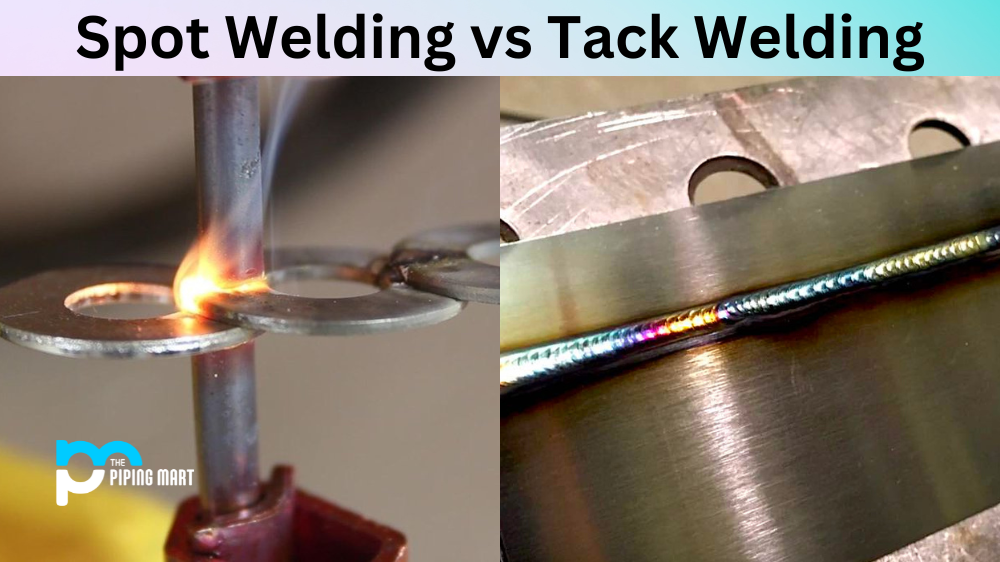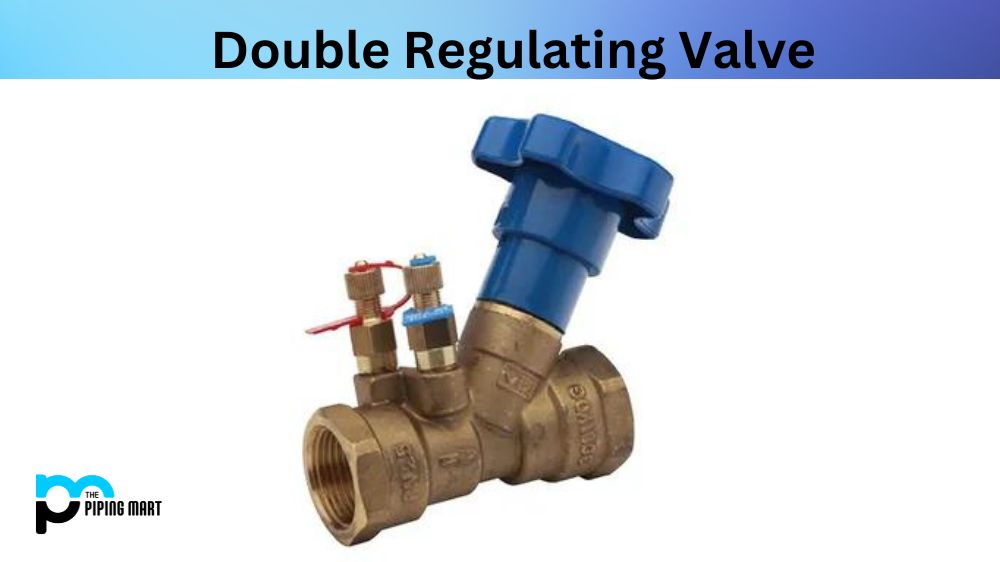Spot and tack welding are two different methods of joining metal components. Both processes use the heat generated from an electric current to fuse the metals at their contact points, but they differ in how they have applied and the type of joint they produce. In this blog post, we will discuss the differences between spot welding and tack welding so that you can determine which process is suitable for your application.
Spot Welding Process
Spot welding is a process that uses two electrodes to apply pressure and heat to two pieces of metal, creating a solid electrical bond between them. The electrodes are connected to an electrical power source, which supplies enough current and pressure to create a weld joint with high strength. The resulting weld joint has a higher strength than most other forms of welding, making it ideal for applications where load-bearing capabilities are necessary. Spot welds also have good fatigue resistance properties, which will not weaken over time or when subjected to repeated loads or vibrations.
Tack Welding Process
Tack welding is a technique that temporarily joins two pieces of metal together until more permanent welds can be made. Tack welds are typically weaker than spot welds, as they do not involve applying pressure or current to the contact points between the two pieces of metal. Instead, only enough heat is used to create a small molten area at each contact point, allowing the parts to be joined without permanently fusing them. This makes tack welding ideal for applications where details must be assembled before being permanently welded together in their final positions. Because these welds are much less intense than spot welds, they should not be used for load-bearing applications where strength is paramount.
Difference Between Spot Welding and Tack Welding
Advantages of Spot Welding
One of the advantages of spot welding is that it is a fast and efficient way to weld two pieces of metal together. Also, spot welding can be automated, making it ideal for mass production. Another advantage of spot welding is that it produces a strong weld resistant to corrosion and wear.
Advantages of Tack Welding
One of the advantages of tack welding is that it is a fast and efficient way to weld two pieces of metal together. Tack welding can also be automated, making it ideal for mass production. Another advantage of tack welding is that it produces a strong weld resistant to corrosion and wear.
Disadvantages of Spot Welding
One disadvantage of spot welding is that it can only be used on certain metals. Also, spot welding can be challenging to control, leading to defects in the welded joint. Finally, spot welding produces fumes and smoke that can harm the operator’s health if proper ventilation is not provided.
Disadvantages of Tack Welding
One disadvantage of tack welding is that it can only be used on certain metals. Additionally, tack welding can be challenging to control, leading to defects in the welded joint. Finally, tack welding produces fumes and smoke that can harm the operator’s health without proper ventilation.
Conclusion:
In conclusion, spot and tack welding offer unique advantages depending on your application requirements. Spot welding provides stronger joints with higher fatigue resistance; tack welding allows you to assemble components before committing them permanently with more robust spot welds later on. Before deciding which method is best for your application, consider all factors involved and discuss with an expert if needed! Regardless of which way you choose, you must always adhere to safety protocols when working with heated metals and electric currents. You can ensure successful results every time with proper preparation and care taken during the process!

Pipingmart is a B2B portal that specializes in metal, industrial and piping items. Additionally, we share the latest information and information about materials, products and various types of grades to assist businesses that are involved in this business.




